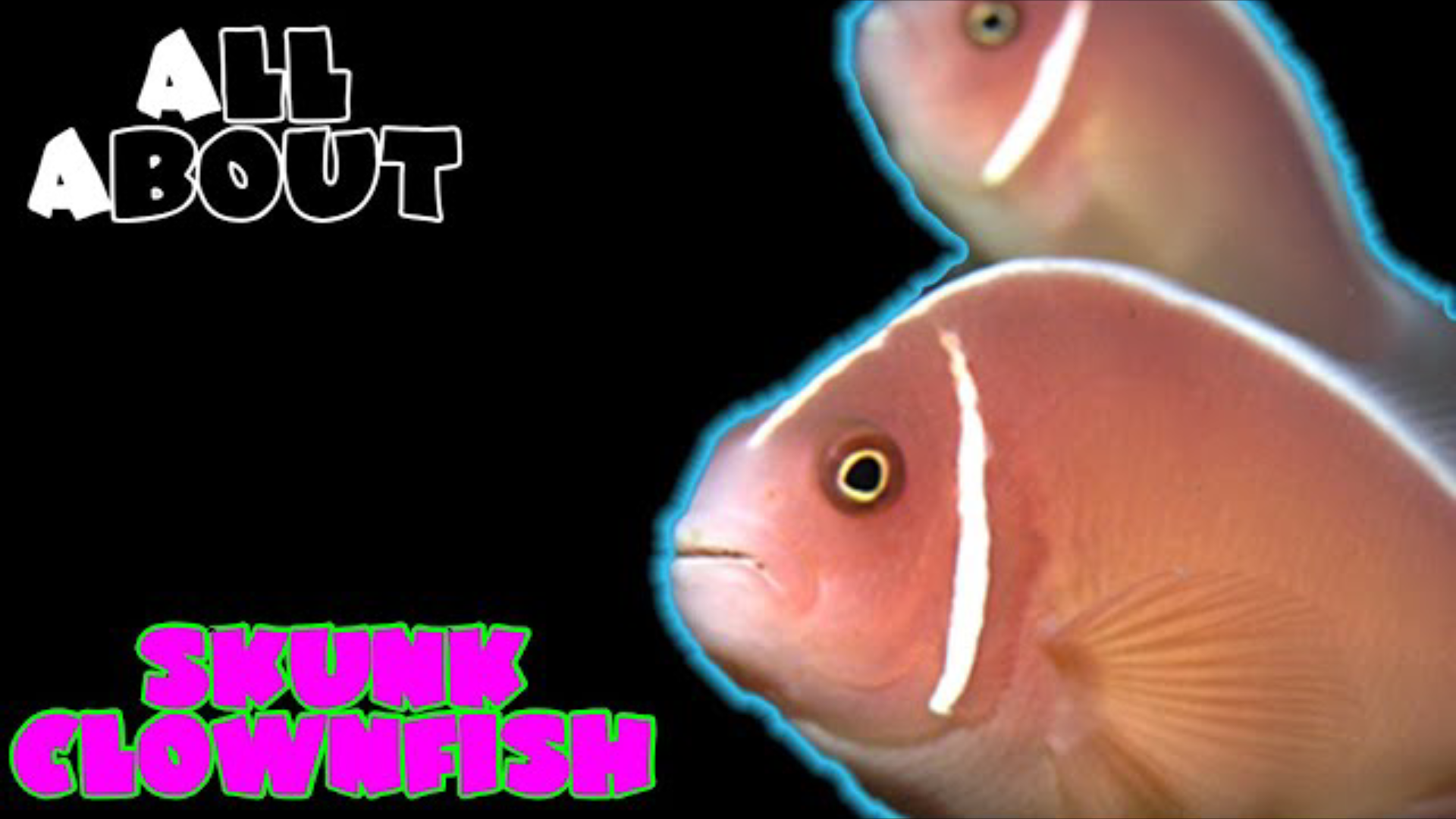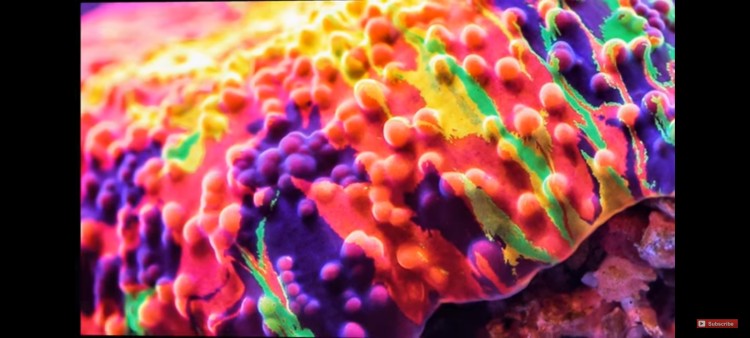Skunk Clownfish : All you need to know
- Aug 26, 2020
- Anshika Mishra
- 1893 0 0

In this article, you will know all about one of the gorgeous clownfish; the Skunk Clownfish. This fish is prevalent in the reef tank, especially on that is hosting Anemones.
Overview of the Skunk Clownfish
Tank Size: You will need at least 30-gallon, nothing too big.
Care Level: They are really easy to take care of, a good beginner fish.
Temperament: They can be semi-aggressive. For comparison, they are a little more aggressive than Axolotls, but not as aggressive as a tomato Clownfish. Their temperament kind of fall right in between.
One they have been in the tank for a while, they get territorial over spots in the tank, especially if the tank host corals. They are not really hardy fish but you can definitely see them pushing away or try to nip when other fishes get around their area.

Reef Safe: YES! They do great in the reef tanks the only problem with then that you might encounter is that; sometimes they get down in the sand, they wave really hard, trying to just mark their area and this could splash sand all over your corals. So, this is one of the downsides to it.
Temperature: You want to keep them from 72-78.
dKH: 8-12
pH: 8.1-8.4
Salinity: 1.020-1.025
Maximum Size: At most, they can get about 4-inches. It is a really good size of clownfish to put in your tank. Their color is usually from peach to orange. This actually depends upon the one that you buy from the store.
Diet: They are an Omnivore, they will pretty much eat anything. You can feed then brine shrimp, frozen cubes drop them right into the tank, they will love them. They also eat flake food, pallets. They are also good about feeding your Anemones.
A lot of times they will take a mouth full of the food and go feed your Anemones, it's really cool to watch.

Origin: Nowadays most of them are captive bred, it is rare that you will get one that is caught in wild anymore. But they are originally from Australia.
Beng captive breed is good for you because it makes them really hardy and more accustomed to tank life. They are really good for beginners.
Compatibility: A lot of time they can be paired, it is a really good idea, if you have a pair in the tank, then they tend to be happier that way. Females are always gonna be the larger one, whenever you are pairing them up.
Breeding: Now, whenever you do have pair, they're known to lay eggs in the aquarium. But that is like a whole lot of press, like splitting the frays, keeping them away from the adults, and then feeding the frays. So, it is a huge process if you want to go that way. Other than that they go really well in the tank together.
Hosting Corals

They are big on hosting corals. If you are looking to host Anemones than it is recommended to get them especially with the ball Anemonies, they do really great with these fishes. There are other types of Anemonies or corals that they do great with.
So, there is a lot of symbiotic relationships that can happen, it all depends on what you have got. Sometimes these fishes may never host any coral at all, they are actually captive breed so it is not in their instances to host. There several ways through which you can get them to hosting, which you can try if yours is not hosting the corals and you want them to.
These clownfishes do not have to have an anemone, they do perfectly fine without them too.
It is a beginner-friendly fish, you do not need to do a lot extra special for them. They are also not too aggressive that would boil your other fish, but they definitely will protect their area once they get in the spot.







About author